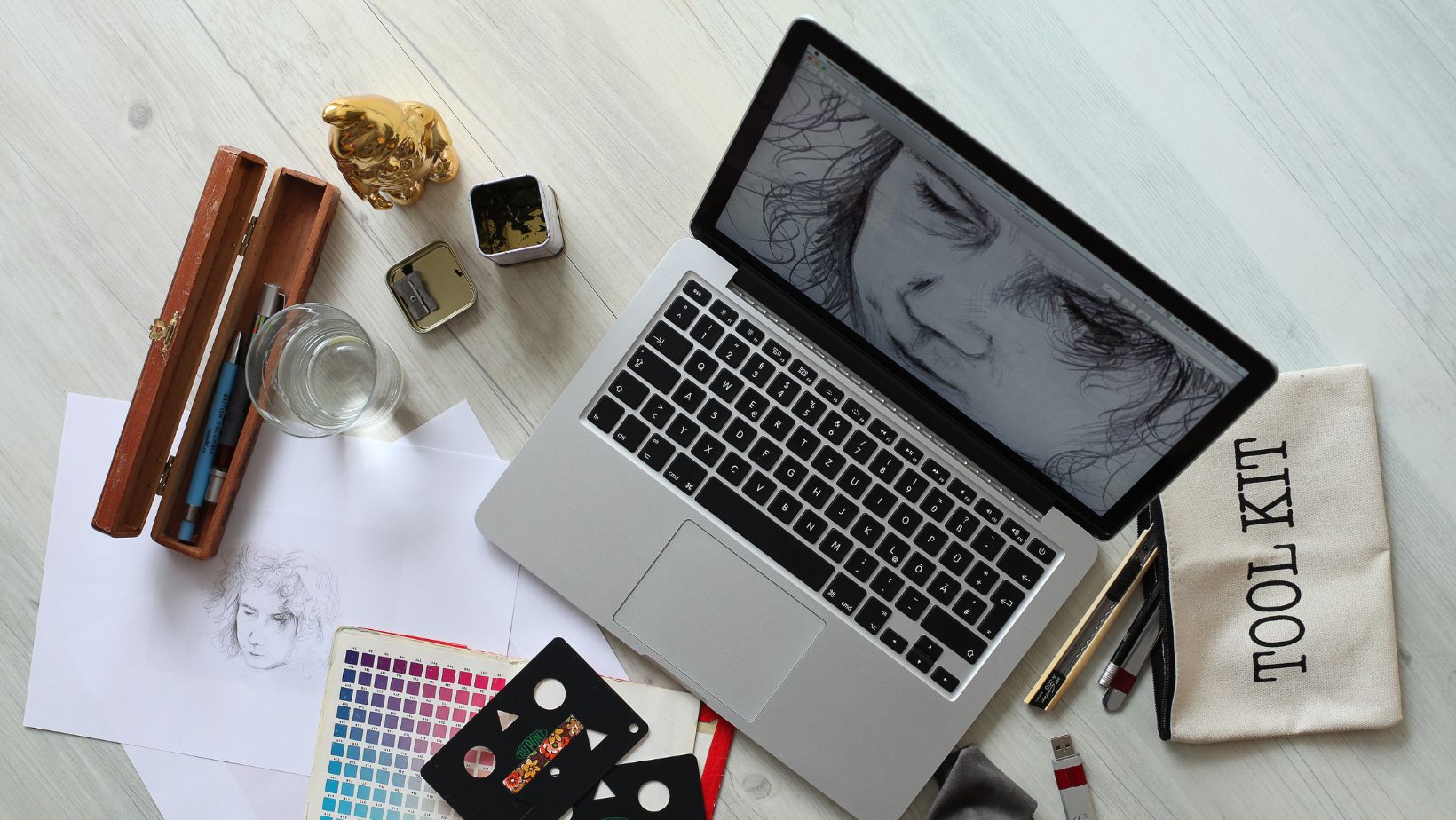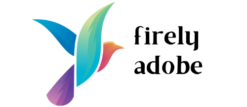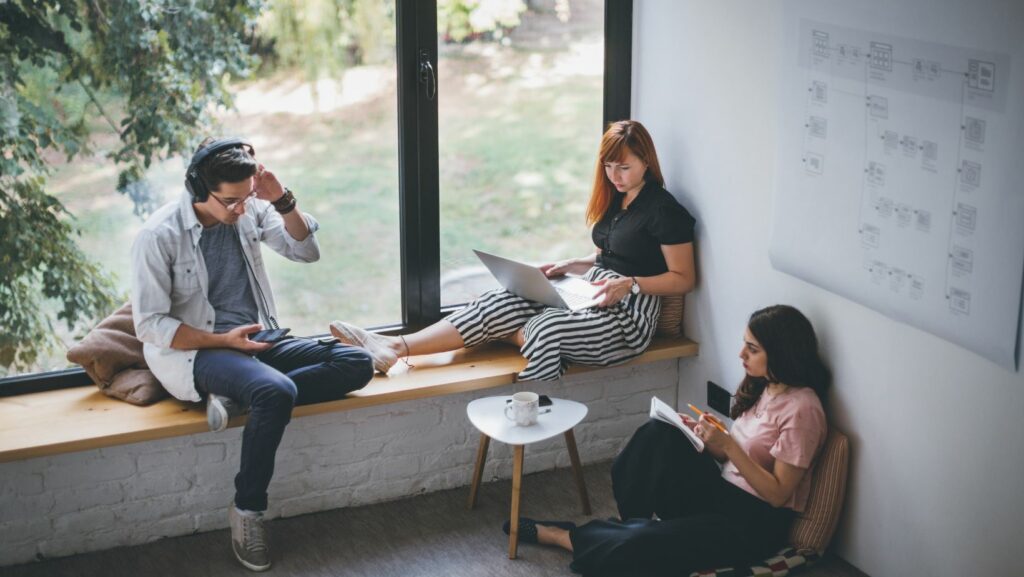In today’s fast-paced world, the concept of a creative workspace is more relevant than ever. Whether you’re an artist, a writer, a designer, or a tech innovator, your work environment can profoundly impact your productivity and creativity. A well-designed creative workspace isn’t just about aesthetics; it’s about creating an atmosphere that fosters innovation and allows ideas to flourish.
Creative Workspace

Your workspace environment plays a crucial role in shaping your creative output. A cluttered, disorganized space can stifle creativity, while a well-organized, thoughtfully designed workspace can enhance focus and inspiration.
Studies have shown that our surroundings significantly influence our mood and performance. Therefore, optimizing your workspace to suit your needs can lead to higher efficiency and better results.
Personalization and Comfort
A key element in a creative workspace is personalization. This means adapting the space to reflect your personality and preferences. For some, this could involve incorporating vibrant colors and eclectic decor, while a minimalist approach might be more effective for others. Personalizing your workspace makes it more enjoyable and creates a sense of ownership and commitment to the tasks at hand.
Comfort is another vital aspect. Ergonomic furniture, proper lighting, and an ideal temperature all contribute to a workspace where you can work for extended periods without discomfort. Invest in a good chair, adjustable desk, and appropriate lighting to avoid strain and maintain focus.
Flexibility and Functionality

Creativity often thrives in environments that allow flexibility. A rigid workspace can sometimes stifle creative thought, so it’s essential to have a setup that can adapt to different tasks and workflows.
Consider modular furniture, movable partitions, and adjustable lighting to make your workspace more dynamic. This flexibility helps accommodate various stages of the creative process, from brainstorming to execution.
Incorporating Nature
Bringing elements of nature into your workspace can have surprising benefits. Studies have shown that exposure to natural light and green spaces can improve mood, reduce stress, and enhance cognitive function. Even if you can’t have a large window or garden, small touches like potted plants, nature-inspired artwork, or a natural color palette can make a difference.
Technology Integration

Technology is both a tool and a potential distraction in the modern creative workspace. To maximize its benefits, integrate technology thoughtfully.
Ensure your workspace has the necessary tech tools to support your work, but be mindful of potential distractions. Noise-canceling headphones, efficient cable management, and software that enhances productivity can help keep you focused.
Collaborative Spaces
Designing spaces that encourage collaboration is essential if you work in a team. Create areas where team members can come together to brainstorm and share ideas. This might include comfortable seating arrangements, whiteboards for jotting down thoughts, or collaborative software tools. A workspace that fosters communication and collaboration can lead to more innovative solutions and a more cohesive team.
Balance Between Solitude and Social Interaction
A successful creative workspace should strike a balance between solitude and social interaction. While solitary work can be necessary for deep thinking and concentration, social interaction can provide new perspectives and feedback. Designate quiet zones for focused work and more open areas for discussions and meetings. This balance ensures you have the space you need for individual tasks and collaborative efforts.
Regular Updates and Maintenance
Lastly, a creative workspace is not a static entity. It should evolve with your needs and preferences. Regularly update your space to reflect changes in your work or personal style. This might involve reorganizing furniture, refreshing decor, or integrating new tools. A workspace that evolves with you keeps the environment stimulating and engaging.

